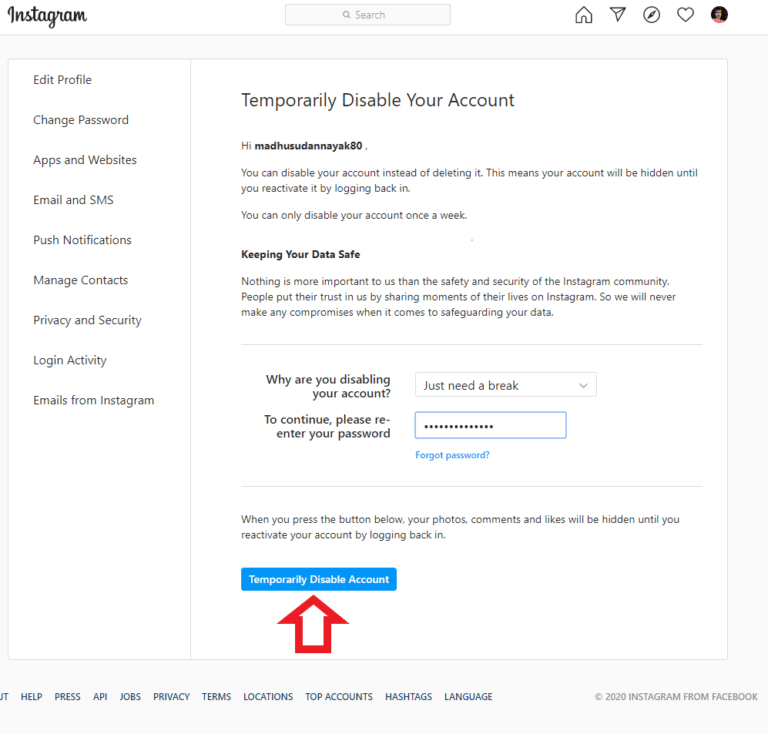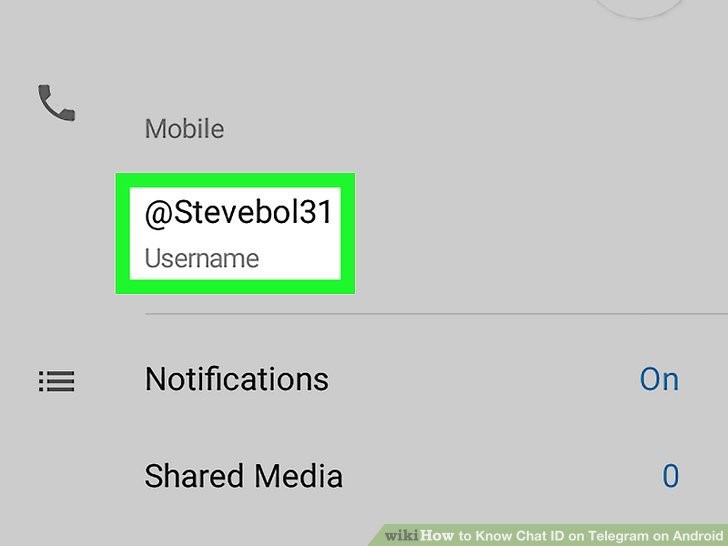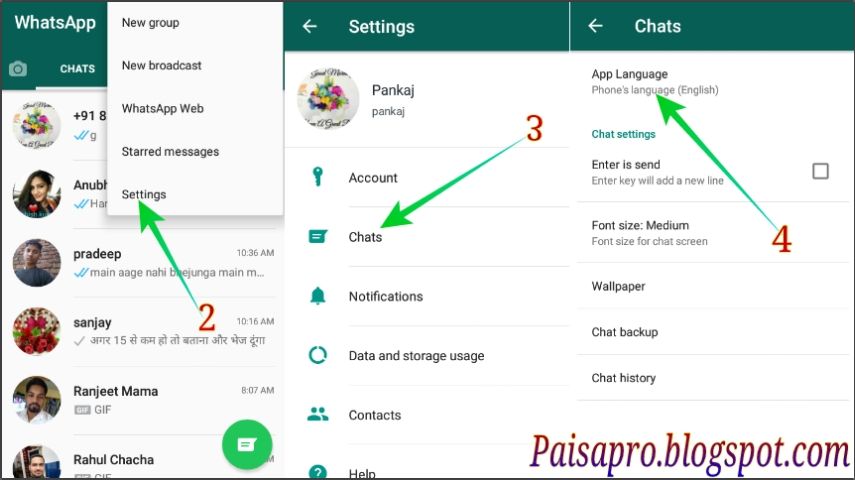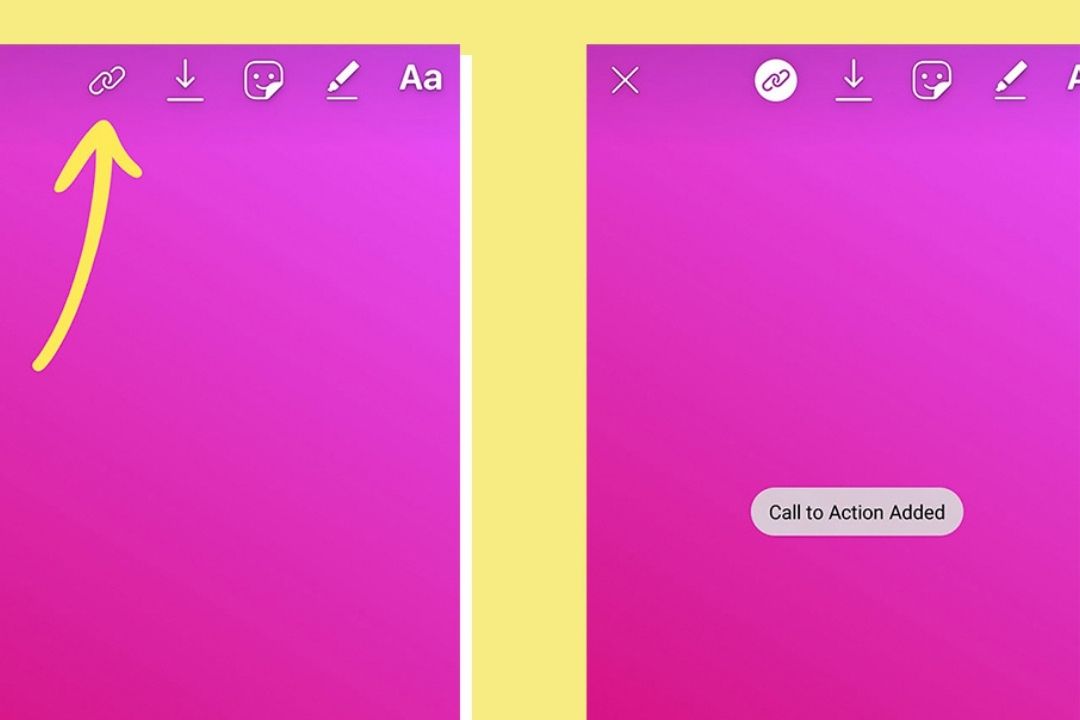How to use telegram in iran
How to Unblock Telegram in Iran
Charles | Last Updated On: June 11, 2020 | 1 Comment
Forty million active Telegram users in Iran won’t be able to access the app as of the morning of April 9. The reasons behind the Telegram ban stem out of economic nationalism and anti-government protests. We have reason to believe that the Iranian government did so because it aims to promote local social networking apps like Soroush in replacement of Telegram. Iranian authorities claimed that the ban was issued to maintain peace after protestors have taken the streets last December.
As a result, half of the population in Iran now have to look for an alternative or better yet, work their way around the ban. Many don’t want to give up on an app they have used for so long and grown to like, so they find in a virtual private network a glimmer of hope. A VPN secures your Internet connection as well as grant you access to restricted content on any of the following PC, Mac, Android, iPhone, iPad, Smart TV, Apple TV, Roku, and Chromecast. So how can Iranians make use of that VPN to access Telegram again?
Unblock Telegram in Iran
The Telegram Ban in Iran
According to the state-run ISNA news agency, president Hassan Rouhani said: “Iranian messaging apps which are capable, secure and cheap and could solve people’s problems and cater to their needs would no doubt be a source of pride for all.” Rouhani argued against an all-out ban, saying that “the goal of creating domestic software and messaging apps should not be blocking access and censorship, but it should be done with the goal of removing a monopoly among messaging apps.” The people wouldn’t use domestic and homegrown applications advertised by the government anyways, out of the fear that they might be used for spying. Instead of risking having their data monitored and stored, they use a VPN to unblock the fast and secure Telegram app.
What is a VPN?
Telegram has been banned in both Iran and Russia recently for not submitting the encryption keys that would allow the authorities to read the data delivered via the platform. Many people have turned to VPNs in order to reuse the app that has proven to protect their privacy. A VPN is a technology that connects a private network to a public network and enables its users to send and receive data from that public network (the internet) as if their computing devices were directly connected to the private network. It also can be used to access region-restricted websites and hide users’ online activity from prying eyes or surveillance.
Many people have turned to VPNs in order to reuse the app that has proven to protect their privacy. A VPN is a technology that connects a private network to a public network and enables its users to send and receive data from that public network (the internet) as if their computing devices were directly connected to the private network. It also can be used to access region-restricted websites and hide users’ online activity from prying eyes or surveillance.
How to Use a VPN to Unblock Telegram
Now if Iranians insist on using Telegram despite the ban, they’re going to have to do the following:
- Sign up for a VPN service provider (preferably ExpressVPN).
- Click on the link sent by the service provider.
- Download then install the application.
- Launch the VPN application and connect to a foreign server (a server from a country where Telegram is not banned).
- Now that you have a new IP address (one that doesn’t reveal your real location) you can easily access Telegram.

- Continue and enjoy using the instant messaging app that you have clung to so badly.
Best VPNs for Iran
Many VPN service providers promise security and zero restrictions. However, not all of them seem to deliver what they claim to offer. To save you some time, we have listed for you the VPNs that have proved their functionality and quality services. Make sure you check the ones we’ve tested out and recommend in the table below. We’ve previously published a review of top VPN services Iranian citizens use as well.
ExpressVPN“We don’t monitor or log your activities” is the first thing ExpressVPN wants you to know about its services. People value their privacy and ExpressVPN’s services are based on people’s standards and requirements. They provide their users with an anonymous IP, which they can use to bypass geo-restricted material like Telegram without getting into trouble with the authorities.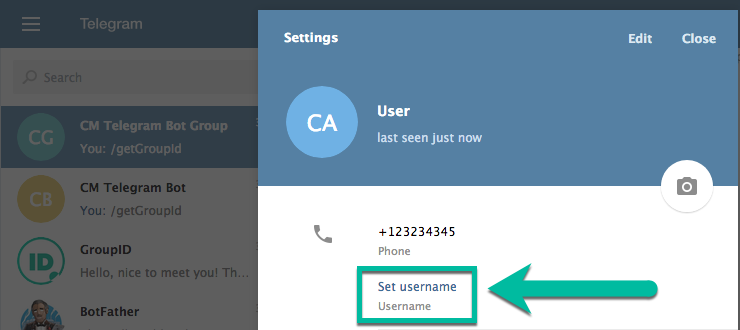
BulletVPN
Whether it’s unblocking geo-restricted websites and applications or bypassing government controlled filters, BulletVPN believes they can deliver super speedy services. BulletVPN implements strong and secure enough protocols to unblock censored or restricted content. So, accessing Telegram in Iran shouldn’t be a problem with this VPN.
NordVPN
This is an excellent security service provider, one that uses a double encryption to secure users’ data and traffic. You can always get in touch with customer support for guidance and assistance when faced with technical issues. NordVPN does not keep logs of their users’ online activities and provides them with the means to access restricted content no matter where they are located.
Rank
VPN Provider
Features
Links
- 7-day free trial
- User-friendly application
- Exclusive Smart VPN feature
- Standalone Smart DNS subscription available
Visit Unlocator Read our review
4
- UltraHD streaming
- Free Smart DNS proxy
- Unblocks all major streaming services
- Limited Time 72% Discount
Visit BulletVPN Read our review
A VPN to Unblock Telegram in Iran
The reason why users prefer Telegram to any other messaging app is mainly because it doesn’t allow any third party. Not even the government can read the messages they send and receive. That gives them an even more encouraging reason to subscribe to a virtual private network. If they value their online privacy that much, then getting a VPN would definitely protect and maintain it. Iranians can go ahead and unblock Telegram or any messaging app of their choice once they get their hands on one of the VPNs we have mentioned above.
Not even the government can read the messages they send and receive. That gives them an even more encouraging reason to subscribe to a virtual private network. If they value their online privacy that much, then getting a VPN would definitely protect and maintain it. Iranians can go ahead and unblock Telegram or any messaging app of their choice once they get their hands on one of the VPNs we have mentioned above.
About The Author
Charles
Streaming gadgets geek. Interested in every little thing there is to know about bypassing regional restrictions. An avid believer in the right to protect online privacy. Charles has also reviewed plenty of VPN service providers and knows how to separate the good apples from the bad ones.
Iranian Expats Launch Own Telegram 'With Built-In Proxy' To Counter Filtering At Home
Iran's judiciary has charged two female journalists who have reported on the death of Mahsa Amini with propaganda offenses as a government crackdown on unrest and dissent sparked by the tragedy continues.
Judiciary spokesman Massoud Setayeshi told reporters on November 8 that Niloufar Hamedi and Elahe Mohammadi are accused of colluding with the intention of acting against national security and propaganda against the state.
Hamedi is the journalist who took a photo of Mahsa Amini's parents embracing in a Tehran hospital where their daughter was lying in a coma while in police custody for allegedly wearing a head scarf improperly. Her post of the photo on Twitter was the first report about the case.
Amini, 22, died days after being detained by the notorious morality police for allegedly violating the country's strict female dress code. Authorities have blamed "underlying diseases" for the cause of death, but supporters and family members say Amini was beaten while in custody.
Mohammadi covered Amini's funeral in her hometown of Saghez, which marked the beginning of mass protests that have swept across the country.
Iran's intelligence services have accused Hamedi, 30, and Mohammadi, 35, of being CIA agents, part of a government narrative -- put forward without evidence -- that the United States and other Western powers are behind the unrest.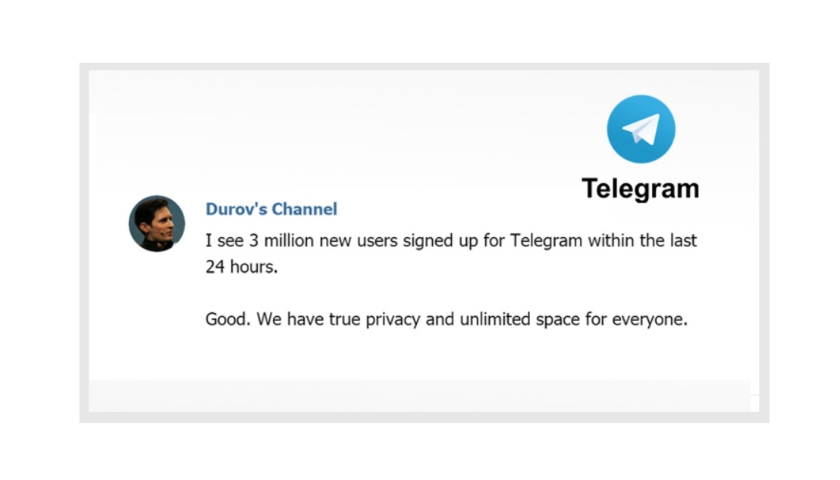
Hundreds of journalists have issued a joint statement criticizing the detention of the two women and the denial of their basic rights, including access to a lawyer.
The protests have seen more than 300 people killed and thousands detained, according to human rights groups. Despite government warnings that the crackdown will intensify, Iranians continue to take to the streets.
Students at the prestigious Sharif University in Tehran on November 8 staged a new demonstration, singing one of the protest anthems that refers to the high number of students who leave Iran, asking them "to stay and take the country back."
The International Monetary Fund says more than 150,000 educated Iranians leave their country each year in the hope of finding a better life abroad.
Videos published on social networks show students and professors at the Kurdistan University of Medical Sciences in western Iran refusing to attend classes in solidarity with the protesters on November 8.
Meanwhile, Amirhossein Sadeghi, a former player for Iranian soccer giant Esteghlal, rejected an invitation from the football federation to participate in the unveiling of the jersey for the Iranian national football team for this month's 2022 World Cup in Qatar.
Sadeghi wrote on Instagram that "in a country where the parliament orders killings and the police are ruthless, football has no meaning anymore," a reference to a statement by the Iranian parliament urging the judiciary to approve the death sentence for some protesters
why they introduced it, how they fought it and why they canceled it - Offtopic on vc.ru
Material from the author of the Teleblog Telegram channel.
6549 views
The situations with Telegram in Russia and Iran are similar in many respects, so foreign experience is very interesting for those concerned about the fate of the messenger. However, the Persian Telegram is much more developed (only the advertising turnover is more than a hundred million dollars), and there are many more reasons for blocking it.
In the "Social Networks" section of the Russian app stores (App Store and Google Play) Telegram fluctuates between the first and second position on iPhone and third or fourth position on Android, respectively.
The popularity of Telegram in Russia (according to the latest estimates, about 12 million users log into the messenger every month) cannot be compared with the popularity of the messenger in Iran: 40 million monthly active users, 25 million every day. More than 40% of Iran's Internet traffic is accounted for by Telegram.
It is interesting to observe two things in Runet: how the channels are developing, and how the authorities are trying to interfere with this, threatening to block the messenger. In Iran, everything is the same, only the ecosystem of channels is much more developed there, and the institution of censorship is more effective. It is precisely because of the similarity of situations that we are so closely following what is happening in a country that is not at all close to us.
First, let's talk about the channel ecosystem. In particular (the latest report from the National Center for Cyberspace):
- Telegram has 678,000 channels in Persian.
- They get two billion hits every day.
- 228 thousand of these channels are updated daily.
- Every 24 hours, there are an average of 2.6 million publications in Persian.
But politics intervened in this idyll (the ecosystem was really developing very actively: in August, for comparison, there were 550 thousand channels, in November - 600) politics intervened.
On December 28, 2017, mass demonstrations against the current government began in Iran. In dozens of cities, people took to the streets. The first demonstrations were devoted to rising prices, then political slogans appeared.
One of the main reasons for dissatisfaction was the consequences of the 2015 agreement between Iran and Western countries regarding the nuclear program.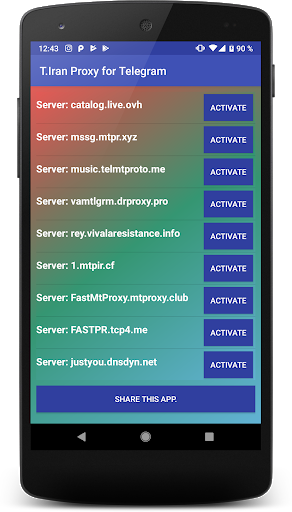 The Iranians expected all restrictions to be lifted, but this did not happen. Then came anti-government slogans, including "Death to [President Hassan] Rouhani."
The Iranians expected all restrictions to be lifted, but this did not happen. Then came anti-government slogans, including "Death to [President Hassan] Rouhani."
During the week, 22 people were killed in clashes with the police, more than a thousand were detained. In Tehran alone, 450 people were detained in three days. For participation in the action and anti-religious slogans, they face punishment up to the death penalty.
By January 6, 2018, the unrest had subsided almost everywhere.
The protesters this time had no clear leaders. In this, the New Year's protests differed from the large-scale demonstrations of 2009, when opposition supporters tried to challenge the results of the presidential election. But this is not the only difference: then the main mouthpiece of the protests was the correspondingly minded media, and now it is Telegram channels.
It all started with the fact that one channel, quite famous in the Iranian Telegram (more than a million subscribers), began to publish not only reports from the protests, but also calls to participate in them using Molotov cocktails.
Iranian Minister of Communications Azari Jahromi addressed Pavel Durov on Twitter. The minister wrote about a certain channel with calls for the use of Molotov cocktails and an armed uprising and demanded "to stop such calls through Telegram."
After that, the @amadnews channel with about 1.4 million subscribers was blocked for violating the rules of the service: in response to the minister, Pavel Durov reminded that anything can be criticized in public Telegram channels, but one cannot call for violence.
All "mirrors" of the channel that existed at that time were also blocked. So, for example, the backup channel @amadnews1 grew at a rate of ten thousand people per second and at the time of blocking gained about 1.6 million subscribers. The new channel from the administrator of Amad News, whose name after the rebranding roughly translates as “Voice of the People”, gained 1.25 million users on January 16.
The channel's team notified Pavel Durov that the administrator who called for violence had been fired, and no more such posts would appear on the team's channels. However, such a promise was not enough for the Iranian government, and the existence of the channel became a formal reason for blocking Telegram in the country.
However, such a promise was not enough for the Iranian government, and the existence of the channel became a formal reason for blocking Telegram in the country.
On December 31, 2017, users from Iran began to report the unavailability of the messenger, and on January 1, 2018, the Minister of Communications announced that Telegram and Instagram were temporarily blocked for the safety of the people.
Around the same time, there were difficulties connecting to the international Internet - many even thought that Iran had turned off the Internet in principle (and in some cities it did).
The problem was blocking access to the servers of the company Digital Ocean, whose services are used by numerous VPN services. As of January 11, 2018 9out of 16 popular VPNs were unavailable. It should be noted that during the protests, Telegram bots to bypass blocking (analogues of VPN) recruited 200,000 new users per day.
Telegram channels in Iran are not just a way to exchange fresh memes.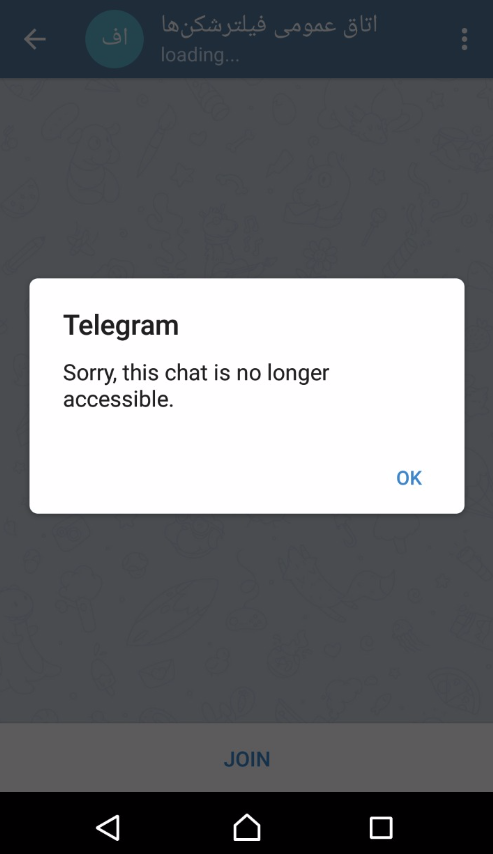 This is a business, and according to Aban alone, as of June 2017, its turnover is $100 million per year.
This is a business, and according to Aban alone, as of June 2017, its turnover is $100 million per year.
On January 3, 2018, the Iranian Telegrampreneurs Twitter account was created, the authors of which claimed that a million people would lose their source of income from blocking Telegram.
The list of 50,000 channels involved in e-commerce in Iran was also published on the account page. The page broadcast messages from businessmen, many of whom claimed that a significant part of their sales goes through Telegram.
At the same time, marketing campaigns began from Iranian messengers, in particular, this five: Soroosh, Bale, Gap, iGap, and Bisphone. Although all apps experienced a sharp increase in user base during the protests, the active audience totals still look extremely modest compared to Telegram's 40 million:
- Soroush - 1 million
- Bale - 200 thousand.
- Gap - 100 thousand.
- iGap - 50 thousand.
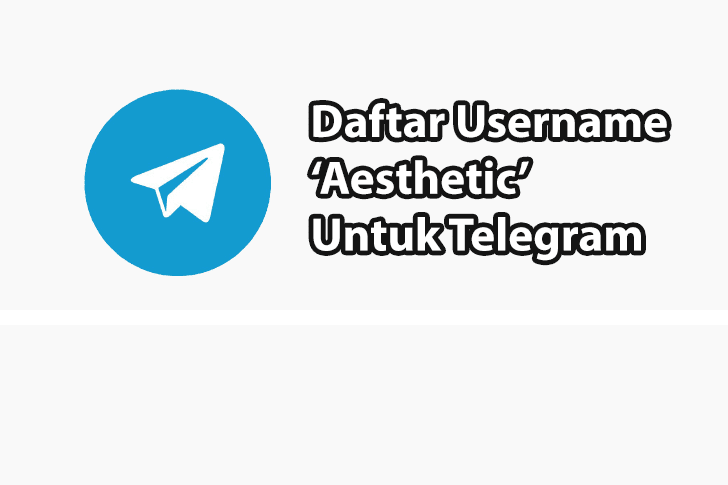
- Bisphone - 20 thousand.
Unofficial Telegram clients have also been active: some residents have received SMS notifications that apps like Hotgram and Mobogram are not being blocked:
Amir Rashidi in his analysis noted that these clients block access to a number of channels for their users (probably the list is provided by the authorities), and can also compromise data security, since all information is passed through Iranian servers. Pavel Durov has already warned that using, for example, the relatively popular Mobogram is dangerous.
Iranians are already accustomed to constant blocking and are well aware of the tools to bypass them, in particular the use of VPNs.
Iranian showing a small list of installed bypasses
Some foreign VPNs have given Iranians unlimited access to their services. The most popular service in Iran was Psiphon. In an interview with Motherboard, a service representative said that the number of installations during the days of the protests increased from 35-40 thousand per day to 700 thousand during the period from December 31, 2017 to January 3, 2018.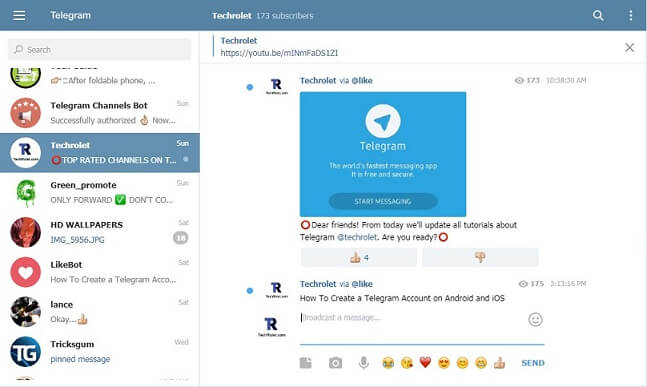 The use of the service in Iran has grown tenfold.
The use of the service in Iran has grown tenfold.
It is interesting to investigate how the number of views in Iran has changed since the lockdown. According to Fedor Skuratov (@tgmarketing), the number of views in Iranian news channels after the temporary ban on Telegram and Instagram fell by an average of 20%, that is, about 80% of readers of such channels use means to bypass blocking; in channels of other topics, coverage fell by about 50%.
Researchers from SmallMedia recorded the number of views on two large Telegram channels: sports @varzesh4 and entertainment @mer30tv (1 and 1.1 million subscribers, respectively).
As can be seen from the graphs, on December 29, 2017, a serious drop in views began. The graphs of the Social Laboratory of Tehran also testify to the same:
Around December 30, 2017, both the number of posts and views began to drop. The number of active channels has significantly decreased - you will not be able to publish materials on Telegram if it is blocked in your country.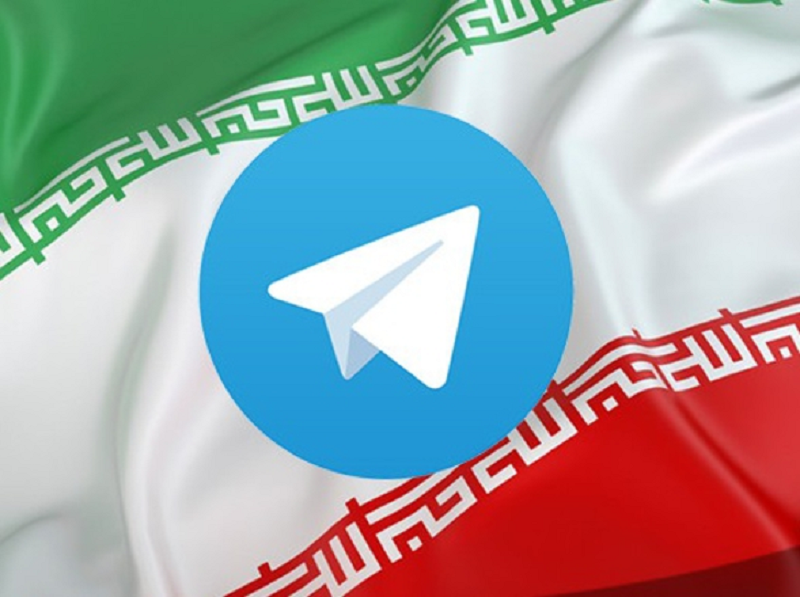
The decrease in views of publications is shown in the following graph:
If you take a closer look at the graphs, you will notice that the number of publications and active channels has been slowly growing even during the lockdown - which can be attributed to the slow (but effective) adaptation of administrators and ordinary users.
During the blocking of Telegram, a number of official government channels continued to function as usual.
Fedor Skuratov (@tgmarketing) commented on the situation on January 7, 2018: “Colleagues from advertising networks report that views are growing and are now below the pre-block level by about 25%. They have a different selection, but nonetheless.”
He also cites data from researchers from the University of Tehran who analyzed a sample of channels on various topics as of January 6, 2018: “As you can see from the graph, activity in them is gradually growing, although it has shifted in time - they publish in the evening, more than during the block. Most likely, already from home and from desktop devices. Most of the channel admins are students.”
Most likely, already from home and from desktop devices. Most of the channel admins are students.”
Green - before the block, red - January 1, 2018, blue - January 6, 2018.
On January 13, 2018, Telegram was unblocked in Iran. As noted by Reuters, the messenger was unblocked due to business losses: several companies suffered losses and were forced to use a VPN to access Telegram. Around 100,000 people have lost their jobs due to the lockdown, according to sources.
It would be incorrect to compare the Iranian Telegram with the Chinese WeChat (on which a significant part of China's local economy is tied). But Telegram influences the lives of Iranians so much that even the government has to reckon with it.
At the same time, the authorities use various methods to solve the problem: from attempts to moderate content through unofficial Telegram clients to the development of a network of pro-government channels. Let's hope that the experience of using VPN, which is so widespread in Iran, will not come in handy in Runet.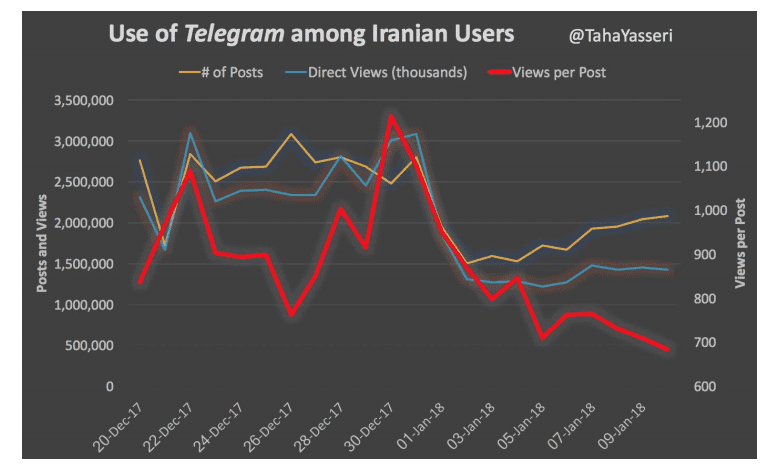
Why Telegram is so popular in Iran - DW - 01/06/2018
Protests in Tehran filmed on mobile phones, December 30, 2017 Photo: Getty Images
Politics
Mikhail Bushuev | Carla Blaker
January 6, 2018
Iranians rely on the Telegram messenger to organize protests. But not only in this: every second inhabitant of the country uses this mobile application. DW explains the secret to success.
https://p.dw.com/p/2qPgu
Advertising
If you have bet on where the Telegram messenger will be closed faster - in Russia or in Iran, then you can already boldly put down or wait for a well-deserved reward. While in Russia the creators of this mobile application are only threatened, in Iran it is blocked. This was one of the measures taken by the authorities in Tehran in response to the wave of street protests that broke out on December 28 in various cities of the country.
If the first comments made before the New Year referred to "temporary measures" to restore "peace and tranquility", then after January 1 the tone of statements changed. Telecommunications Minister Mohammad Javad Azari Jahrumi said on January 4 that the blockage would remain in place until all information that the authorities see as incitement to terrorist activity is removed from the network.
How popular is Telegram in Iran
Telegram seems to be the most popular messenger in Iran. There are 45 million active Internet users in the country. At the same time, according to statistics from the International Telecommunication Union, 40 million Iranians use this mobile application.
On January 5 pro-government demonstrations took place in Tehran Photo: Getty Images/AFP/A. Kenare According to Pavel Durov, one of the two founding brothers of Telegram, there are 48 million users of their messenger in Iran - more than half of the country's population.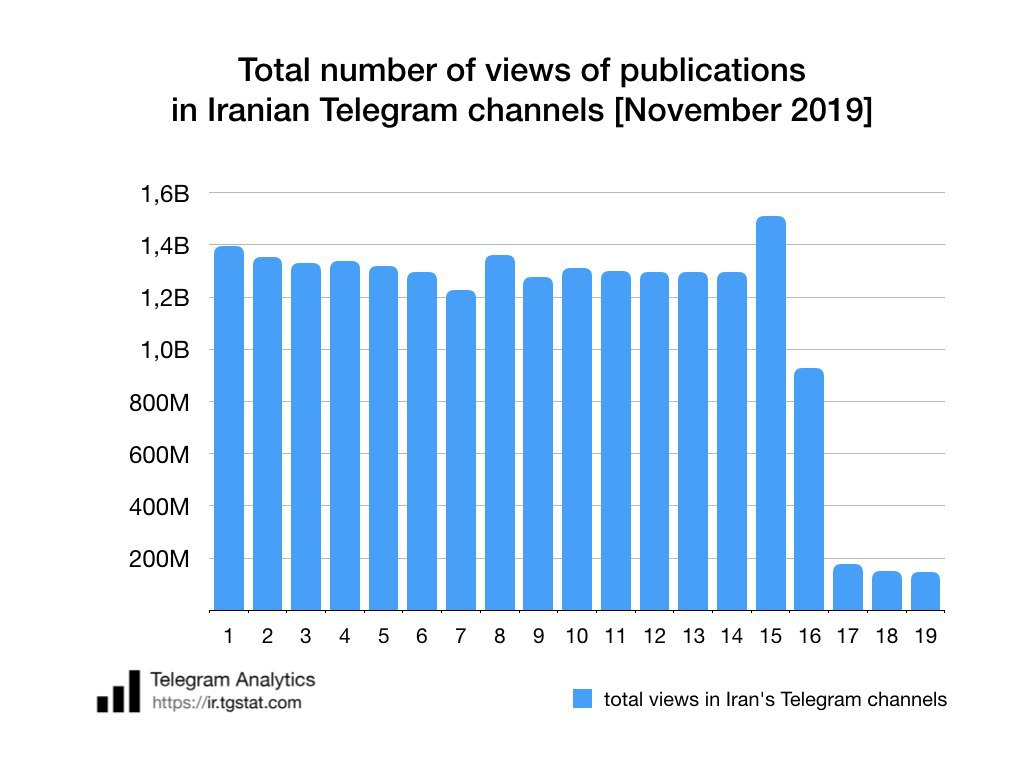 Every day, according to Durov, as of April 2017, 25 million Iranians used the service.
Every day, according to Durov, as of April 2017, 25 million Iranians used the service.
The Arab Spring and other mass street demonstrations of recent years in the Middle East may also have been organized using social networks, but never before has a protest movement in a single country been so dependent on a single mobile application, as the American Politico edition.
Why Telegram is so widespread in Iran
The popularity of the Durov brothers' messenger in Iran has several reasons. Some of them lie in the history of the Iranians' struggle against Internet censorship. After the 2009 protestsIranian authorities have become much more active in controlling social networks, for which the Iranians call the Internet a "filternet". Twitter and Facebook have long been blocked.
However, Telegram has been able to develop in the country without hindrance for a long time. The non-American origin of the service played its role.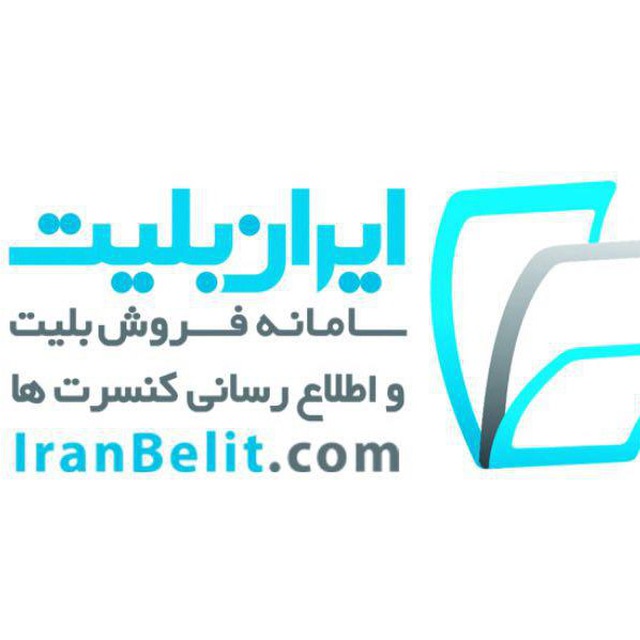 "This nation (Iranians. - Rev. ) does not support the social network, the keys to which are in the hands of the United States," Ayatollah Ahmad Khatami, who held Friday prayers on January 5 in the Iranian capital, confirmed Tehran's position. Using Telegram, developed by Russian programmers, was not considered shameful in Iran for a long time, even a number of local ministers had their own channels in the messenger.
"This nation (Iranians. - Rev. ) does not support the social network, the keys to which are in the hands of the United States," Ayatollah Ahmad Khatami, who held Friday prayers on January 5 in the Iranian capital, confirmed Tehran's position. Using Telegram, developed by Russian programmers, was not considered shameful in Iran for a long time, even a number of local ministers had their own channels in the messenger.
"The Iranian regime proceeded from the fact that since Telegram is Russian, it means that they will cooperate," Zam Zarabi, one of the leaders of Iran's most popular independent Telegram channel Amadnews, explained in an interview with the German newspaper Bild. Amadnews has almost 1.4 million subscribers.
Another advantage of Telegram is not political, but technical. Despite the intentional limitation of the Internet speed by the Iranian authorities, the messenger maintains an acceptable level of data transfer. The app is also considered handy for taking notes in Farsi, which is known to be written from right to left.
Telegram under pressure from Tehran
Telegram's special role for the Iranians drew the attention of observers to the company's actions against the Iranian authorities. Thus, the service obeyed the demand of Tehran and blocked the leading information channel Amadnews. The authorities accused Amadnews of spreading incitement to violence, in particular, the use of Molotov cocktails. Pavel Durov explained his decision by violating the rules for the provision of services by the channel.
As of press time, Telegram has not responded to DW's request about how the ongoing blocking in Iran has impacted the messenger's usage dynamics in the country and how many Iranian internet users have turned to technical circumvention tools such as VPNs.
Meanwhile, after the renaming, the channel Amadnews, run by Iranian exiles, continues to work under a different name. In the last entries - a copy of a page from one of the German newspapers with critical material about Berlin's course towards Iran.

